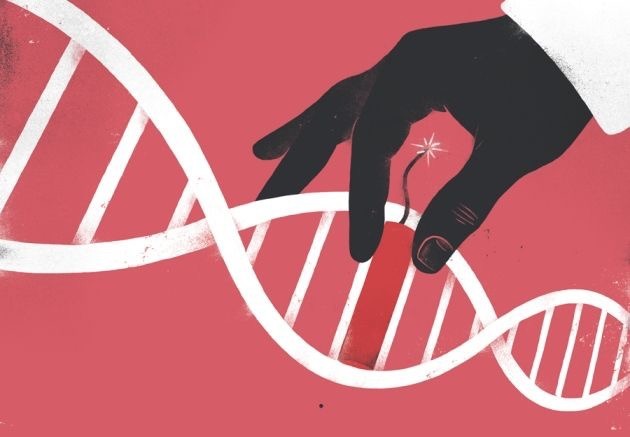DNA is a blueprint for life on Earth. Living beings contain DNA as their genetic material, which stores, expresses and inherits information. It is present in the tiny space within our cells – the nucleus and performs all the operations.
It is present in all the nucleated cells. Common DNA sources that we usually know are blood, buccal swab, hair, tissue and skin. But what if I told you that DNA also exists in samples you’d never expect?
Here are the 7 surprising sources of DNA you never thought about.
Key Topics:
Air we breathe:
You heard it right!
Research suggests that air contains a substantial amount of DNA fragments. Researchers found that common aerosol DNA belongs to bacteria, fungi, viruses, pollen & spores, even animals and humans.
Human DNA is also present in the air!
Shedding skin cells and releasing other biological material into the environment is the way human aerosol DNA is produced in the air.
Aerosol DNA is the best environmental DNA sample for studying biodiversity. Scientists collect samples using the pump and filters, extract the DNA and identify the sample.
Human spit:
Some people have a common habit of spitting here and there! What it costs, they are actually spitting their DNA into nature. I’m not talking about the microbial DNA that belongs to our mouth microbiota; it’s human DNA.
A single spit contains epithelial and white blood samples; thus, spit is a good source of human DNA. It is extensively used in DNA studies, typing and forensic analysis.
Human pee:
Pee or urine is a good source of microbial DNA and has been used for metagenomic analysis as well. But, pee also contains our own DNA as well. Urine contains DNA from cell-sheds, transrenal and other DNA fragments.
However, cell-sheds are the common source of human DNA from the pee. Though it is detectable, the concentration is very low and can not be directly used as a source of DNA testing.
Vomit:
Human vomit contains our own DNA as well. Along with undigested food, waste and other digestive fluid, vomit usually contains cells from the digestive tract, which are rich in human DNA.
However, it also carries microbial DNA, DNA from the food and drink consumed. In forensic science, it is also recovered as evidence from a crime scene and used for DNA analysis.
Earwax:
Human earwax also contains DNA and let me tell you, it is also considered crucial forensic evidence for a reason. Earwax is a good source of both nucleated and mitochondrial DNA.
Hence, it has been used for forensic analysis, disease diagnosis and research. However, the DNA recovered from the earwax is very low. Again, it contains microbial DNA as well if any infection is present.
Tear:
Human tears also contain a low volume of DNA. The main DNA source in tears is the epithelial cells present on the eye surface (shed from the corneal surface of the eye). Interestingly, research also showed that tears carry a minute amount of extracellular DNA, too.
However, tear contamination, in case of eye infection, has microbial DNA as well. DNA can be recovered from both fresh and aged tear stains and it is also a source for forensic analysis.
Sweat:
Sweat contains human cells – epithelial cells, in particular, microbes, and a huge amount of extracellular vesicles. Thus, sweat contains the DNA, both nuclear and mitochondrial, but is low in volume.
Wrapping up:
DNA isn’t just within us! It is actually everywhere. Scientists found DNA not only in the air, but from the deep sea, fire and ashes remains and many other biological and non-biological samples.
However, these samples often carry only tiny amounts of DNA and can only be used for research purposes. So next time you urinate in the open, spit, or even shed tears, remember—you’re leaving traces of your DNA in the environment.
Resources:
Siuta, Jędrzej et al. “DNA Content of Various Fluids and Tissues of the Human Body.” Genes vol. 15,1 17. 21 Dec. 2023, doi:10.3390/genes15010017.


